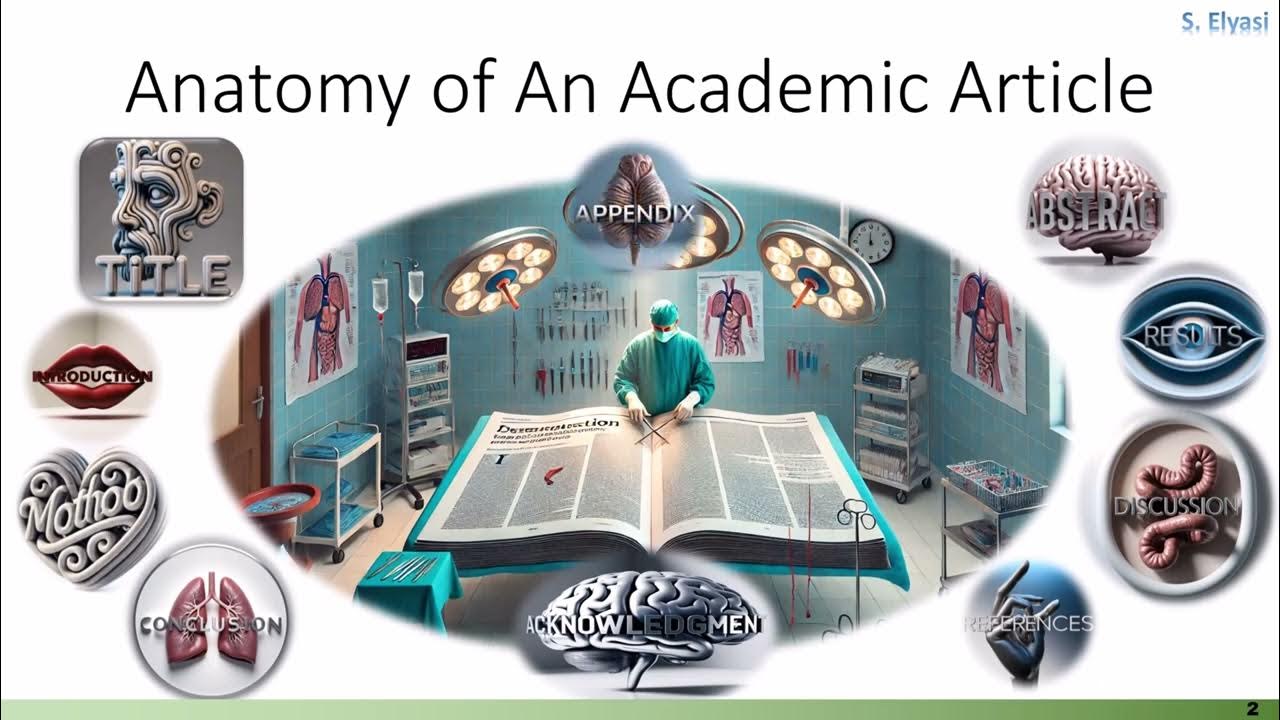Paano gumawa ng maayos na Critique Paper?
Summary
TLDRThis video script offers a comprehensive guide on crafting a critique paper. It emphasizes the importance of a thorough understanding of the material, suggesting a 70/30 ratio of critical evaluation to summary. The speaker outlines the structure, from introduction and background to a summary and critical evaluation, addressing key elements such as literary devices, audience appropriateness, and theoretical frameworks. The guide also stresses the significance of writing mechanics, the stages of writing, and the necessity of a final review to ensure the critique paper is polished and impactful.
Takeaways
- 📚 The purpose of a critique paper is to evaluate material for readers to understand it thoroughly.
- 🔍 A critique paper requires thorough reading to write effectively, emphasizing the importance of preparation.
- 📝 The structure of a critique paper typically includes an introduction, body, and conclusion.
- 📐 The paper should have a balance between summary and critical evaluation, often suggested as 30% summary and 70% evaluation.
- 👀 The introduction should mention the title, author, and provide background information about the material.
- 📑 In the body, provide a brief summary of the material's major points, ensuring multiple readings to capture details.
- 🔎 The critical evaluation should assess content, characters, literary devices, and other elements present in the material.
- 🤔隐形问题' (Invisible Questions) to answer in a critique paper include the purpose of the material, its strengths and weaknesses, and its appropriateness for the intended audience.
- 🎨 Discuss the literary theory depicted in the material, such as feminism, post-modernism, formalism, or reader response.
- ⭐ Consider using seven literary standards by William J. Long to evaluate the material: artistry, intellectual value, suggestiveness, spiritual value, universality, permanence, and style.
- 📣 Support your critique with quotes from the material and connect it to other relevant works to demonstrate comprehensiveness.
- 📝 The conclusion should provide a brief but strong general assessment of the material, summarizing the overall insight.
Q & A
What is the main purpose of a critique paper?
-The main purpose of a critique paper is to evaluate material in order to provide readers with a thorough understanding of it.
What are the basic parts of a critique paper?
-A critique paper typically consists of three basic parts: Introduction and Background, Summary, and Critical Evaluation.
How should the summary and critical evaluation be balanced in a critique paper?
-The summary should typically comprise 20-30% of the paper, while the critical evaluation should make up 70-80%.
What should be included in the introduction of a critique paper?
-The introduction should mention the title, author, and date of the material, as well as provide some background information about it.
What is the purpose of the brief summary in the critique paper?
-The brief summary serves to introduce the material to the reader, ensuring they understand the context before diving into the critical evaluation.
What invisible questions should be addressed in the critical evaluation section?
-The critical evaluation should address questions like the purpose of the material, its strengths and weaknesses, its appropriateness for the intended audience, and the literary theory it depicts.
How can a writer support their evaluation in a critique paper?
-A writer can support their evaluation by quoting relevant lines from the material and connecting the critique to other relevant materials.
What should be included in the conclusion of a critique paper?
-The conclusion should provide a general assessment or overall insight into the material, summarizing the critique and offering a strong closing statement.
Why is it important to review the critique paper before submission?
-Reviewing the critique paper is crucial to ensure the content, language, grammar, and mechanics are accurate, resulting in a polished final version rather than a draft.
What writing mechanics should be considered when writing a critique paper?
-Writers should consider mechanics such as abbreviations, contractions, punctuation, capitalization, grammar, and overall clarity in their writing.
Outlines

此内容仅限付费用户访问。 请升级后访问。
立即升级Mindmap

此内容仅限付费用户访问。 请升级后访问。
立即升级Keywords

此内容仅限付费用户访问。 请升级后访问。
立即升级Highlights

此内容仅限付费用户访问。 请升级后访问。
立即升级Transcripts

此内容仅限付费用户访问。 请升级后访问。
立即升级浏览更多相关视频

How to write the Discussion part 1

Anatomy Of An Academic Article Part 1 Overview and Title

Creative Writing | GCSE Revision Guide | AQA

How To Write A Critical Essay | Critique A Research Paper Template

WRITING THE RESEARCH INTRODUCTION//TECHNIQUES + BONUS TIPS #PracticalResearch#ResearchPaper

Facharbeit schreiben? So klappt's!
5.0 / 5 (0 votes)
